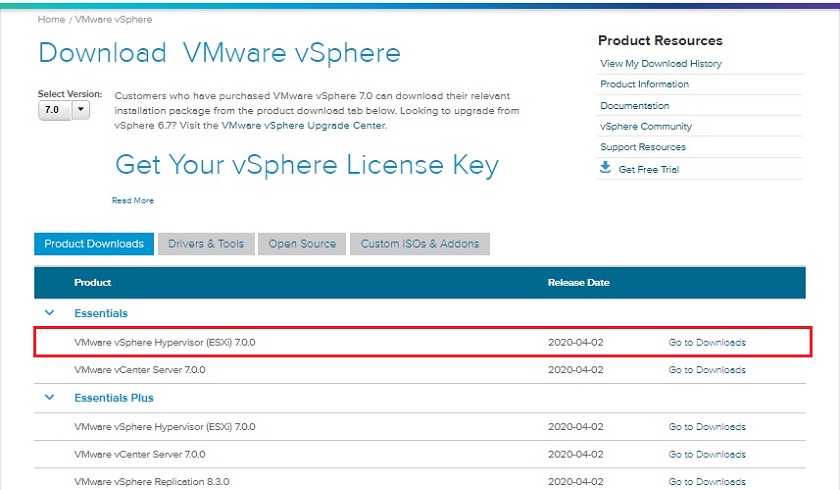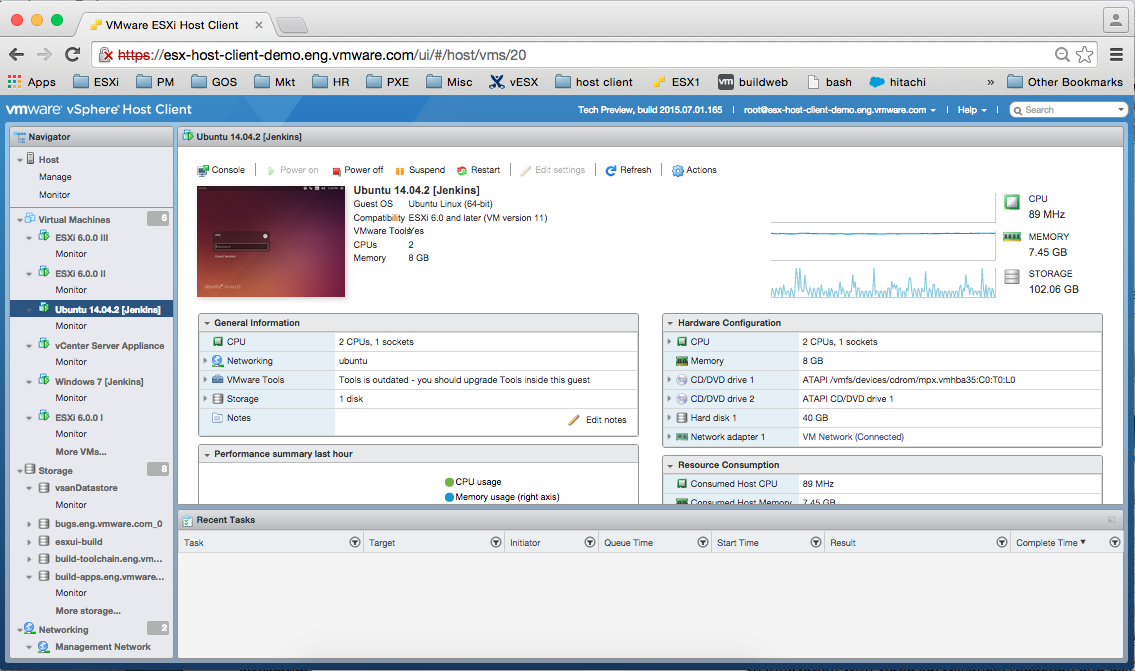
This way, if anything goes wrong, you can roll back to the last version using the backup.

Upgrading ESXi 6.7 to ESXi 7.0 Update 2 by using ESXCLI is straightforward, but you should still have an ESXi backup before upgrading. How long does an ESXi upgrade take? An ESXi upgrade takes a few minutes if there are no compatibility issues or other problems. Keep in mind that the names of installation files and update profiles differ in this case. This approach is also true for upgrading ESXi 7.0 to ESXi 7.0 Update 2, ESXi 7.0 Update 2a, etc. The workflow of upgrading ESXi 6.7 to ESXi 7.0, ESXi 7.0 Update 1, ESXi 7.0 Update 2, and other versions/builds of ESXi 7 is similar. This is the preferred method for upgrading ESXi hosts managed by vCenter and allows you to upgrade multiple ESXi hosts at once by using the same image. VMware Lifecycle Manager for VMware vSphere 7.0 is a modified VMware Update Manager that was used in vSphere 6.7. This method is applicable only for ESXi hosts managed by vCenter Server. This method can be used for VMware ESXi 6.7 to 7.0 upgrade for standalone ESXi hosts and ESXi hosts managed by vCenter.

There must be no running VMs on an ESXi host when you start the ESXi upgrade process.If an unsupported device is present, such as an old unsupported CPU or disk controller, the ESXi upgrade will not be applied to the server. The hardware of the server running ESXi 6.7 must be compatible with ESXi 7.0, that is, it must meet the hardware requirements for ESXi 7.0.DISCOVER SOLUTION ESXi Upgrade Requirements


 0 kommentar(er)
0 kommentar(er)
